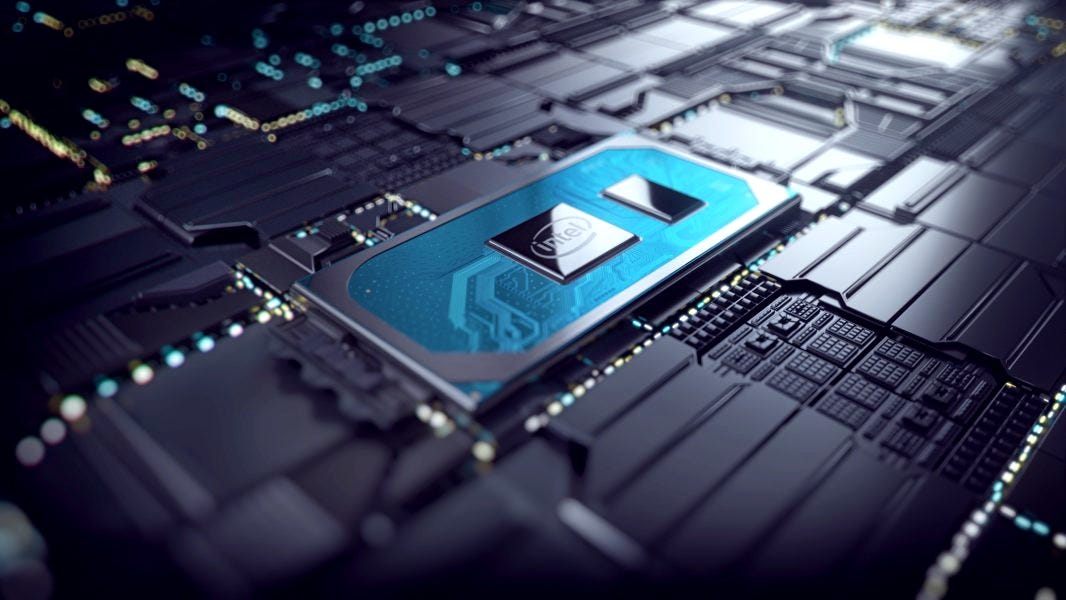

"stall" phenomenon similar to the stall of an aircraft wing. Airflows to the left of the surge line cause the air to separate from the blades and experience a It defines, for each pressure ratio, the minimumĪirflow at which the compressor can operate. The odd-shaped line up the left side of the map is the surge line. The compressor efficiency lines show the % of adiabatic efficiency (AE) the compressorĪchieves at various combinations of pressure ratio and airflow. TheĬompressor RPM lines show, for the stated compressor speed (in thousands of RPM), the pressure ratio deliveredĪs a function of airflow. Per minute, lbm/min) and pressure ratio (absolute pressure at the compressor outlet divided by absolute pressure at the compressor inlet). The mapĭefines, based in on inlet air conditions, the usable operating characteristics of a compressor in terms of airflow (pounds-mass The performance of a radial-flow compressor is defined by a chart known as the ‘map’, as illustrated in Figure 2. The increased compressor efficiencies, flowrates, and map widths developed for CI technology will certainly benefit competition SI An SI race engine won't need to operate at stoichiometric mixtures, but the availability of turbines whichĬan live with 1925☏ (1050☌ ) EGTs will provide new opportunities for greater output.Īt present, competition CI engines are not required to reduce NOx emissions (but that will surely develop as political correctnessįurther invades motorsports), so the increased compressor efficiencies, flowrates and map widths can be used to provide greater intake densityĪt the mandated manifold absolute pressure (MAP) limits.

Theĭemand for higher inlet temperatures and flowrates comes from the high percentages (30-40%) of exhaust gas recirculation (EGR) required toĪlthough these motivators are coming from the production-vehicle end of the spectrum, the resulting technology is or will soon be availableįor application into motorsports. Technology is operating at ever-rising BMEPs, which means higher combustion temperatures and the resulting increases in NOx emissions. These days, compression-ignition ( CI) road car engines are invariably turbocharged and this relatively-fast developing The demand for operability with higher EGT's comes from increasing demand for better fuel economy in spark-ignition ( SI)Įngines, which requires that the engines run much closer to stoichiometric mixtures rather than employ the very rich mixtures used in the past

Turbine (as shown on the right side of Figure 1). Some of the power produced by the combustion of fuel, thereby increasing BSFC and engine wear for a given amount of produced power.Ī turbocharger consists of a single-stage radial-flow ("centrifugal") compressor (air pump), (as shown on the left side ofįigure 1) which, instead of being driven directly by the crankshaft, is driven by a single-stage radial-flow exhaust A supercharger is an air compressor driven directly by the engine crankshaft, and as such, consumes (turbo-supercharging and supercharging) is to increase the inlet manifold pressure and density so as to make the cylinders ingest a greater Since the power a piston engine can produce is directly dependent upon the mass of air it can ingest, the purpose of forced induction Technology as applied to competition engines. This article first presents the basics of turbocharger operation, and then explores some of the current thinking in turbo-supercharger Upset anyone's precious FEELINGS or delicate SENSIBILITIES THIS IS A MODIFIED VERSION OF AN ARTICLE (concluded with a rant on energy efficiency) NOTE: All our Products, Designs, and Services are SUSTAINABLE, ORGANIC, GLUTEN-FREE, CONTAIN NO GMO's, and will not Turbochargers - How They Work, and Current Turbo Technology


 0 kommentar(er)
0 kommentar(er)
